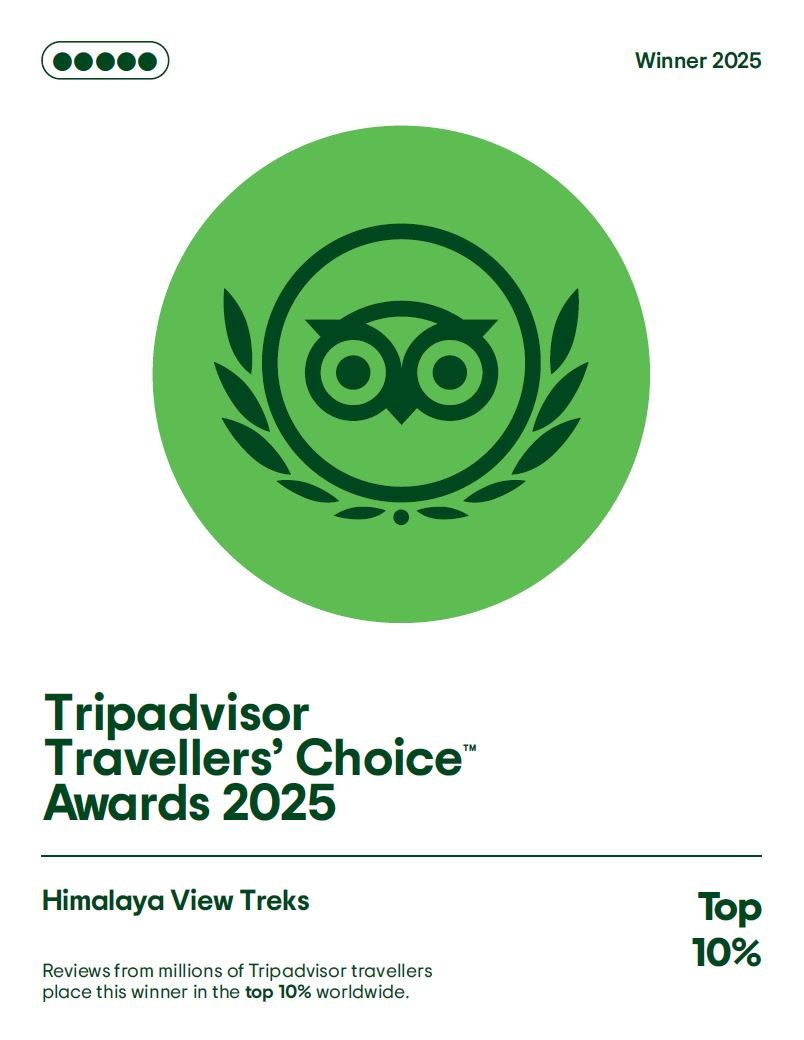Cho La Pass Difficulty
The Cho La Pass is one of the more challenging sections of the Everest region treks, and its difficulty lies in several factors. Here’s a breakdown of what makes it demanding. The Cho La Pass Trek is a stunning and adventurous route in the Everest region of Nepal that combines the Everest Base Camp (EBC) trek with a visit to the breathtaking Gokyo Lakes. This trek provides a more comprehensive experience of the Everest region, blending iconic landmarks, high-altitude challenges, and stunning alpine scenery.
Altitude
Cho La pass sits at an altitude of 5,420 meters (17,782 feet), where the air is thin, making breathing harder.
Altitude sickness (Acute Mountain Sickness, or AMS) is a significant risk. Proper acclimatization days are crucial before attempting the pass.
Steep and Technical Terrain
Ascent: The climb to the pass involves steep sections with loose rocks, scree, and boulders.
Descent: On the Gokyo side, the descent can be icy and slippery, especially in early mornings or winter months.
The trail often requires scrambling over rocks and ice, so sure-footedness and balance are important.
Weather Conditions
Weather can change rapidly at high altitudes. Snowfall, high winds, or poor visibility can make the crossing more difficult.
Icy trails may require crampons or microspikes, especially in colder months (November-March).
Glacier Crossing
There’s a glacier at the top of the pass, which is often icy and covered in snow. Crevasses may be present, requiring careful navigation.
Early mornings are preferred for the crossing, as the snow is firmer, reducing the risk of slipping.
Physical Demands
The trek to and from Cho La Pass includes long hiking days, often 6-8 hours or more.
Carrying a daypack with essential supplies adds to the physical challenge.
Who Can Attempt the Cho La Pass?
Fitness Level: This trek is best for experienced trekkers with good physical fitness.
Trekking Experience: Prior experience with high-altitude trekking and familiarity with using trekking poles or crampons is helpful.
Mental Preparation: The challenge is not only physical but also mental, as the trek requires focus and determination.
Tips for Managing the Cho La Pass Difficulty
1, Acclimatize Properly: Spend extra days at lower altitudes (e.g., Namche Bazaar or Dingboche).
2, Start Early: Begin the crossing at dawn to avoid afternoon weather changes and icy conditions.
3, Pack Wisely: Carry water, snacks, crampons, and warm clothing.
4, Hire a Guide: A local guide can assist with navigation and assess safety on the trail.
5, Know Your Limits: If you feel unwell, avoid attempting the pass and consider an alternative route.
Overview
Duration: 16-21 days (varies based on pace and itinerary)
Difficulty: Strenuous
Max Altitude: 5,545m (Kala Patthar) / 5,420m (Cho La Pass)
Best Time to Visit:
Spring: March to May
Autumn: September to November
Highlights Cho La Pass Trek
1, Everest Base Camp: Walk the classic route to the base camp of the world’s highest mountain.
2, Kala Patthar: A panoramic viewpoint offering unparalleled views of Mount Everest.
3, Cho La Pass: A challenging high-altitude pass (5,420m) with spectacular views of glaciers and mountains.
4, Gokyo Lakes: Turquoise glacial lakes surrounded by rugged peaks.
5, Gokyo Ri: Another incredible viewpoint for a 360-degree view of Everest, Cho Oyu, Lhotse, and Makalu.
6, Sherpa Villages: Explore Namche Bazaar, Tengboche, and other villages, experiencing Sherpa culture and hospitality.
While the Cho La Pass is a strenuous challenge, the reward of crossing it is immense—stunning views of glaciers, peaks, and valleys make it a highlight of the trek. Moreover, Would you like more detailed advice or assistance for Cho La Pass trek?





